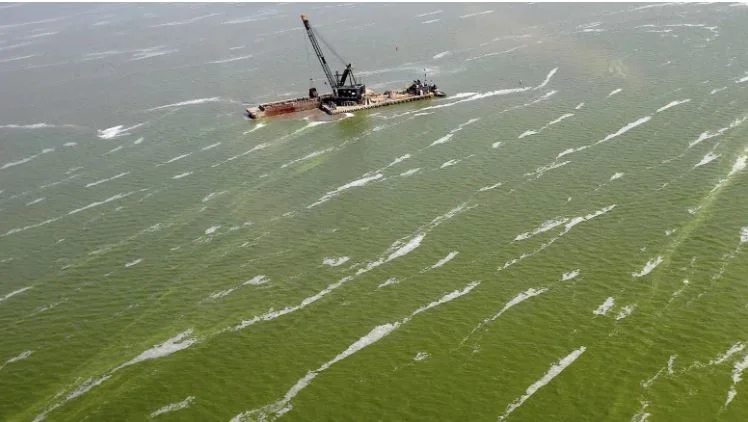The IISD Experimental Lake Area has received $11.7 million, over the next five years, from the Government of Canada through the Canada Foundation for Innovation’s (CFI) Major Science Initiatives Fund. “This funding is essential to driving forward our research on threats to Canada’s precious fresh water—from microplastics to drugs in our water and much more,” said Richard Florizone, IISD’s President and CEO in a prepared release.
Stopping algae blooms may start on farmlands
A handful of Chatham farms might hold the answer to reducing toxic algae blooms in the Great Lakes. These farms are collecting and analyzing their agricultural runoff, in hope of reducing the amount of phosphorus entering the waterways. It's part of a project, started by two organizations in Spring 2016, which aims to come up with a strategy to deal with toxic algae blooms. Out of that idea for the project — between the Ontario Federation of Agriculture and the Great Lakes and St. Lawrence Cities Initiative — came the Thames River Phosphorus Reduction Collaborative.



